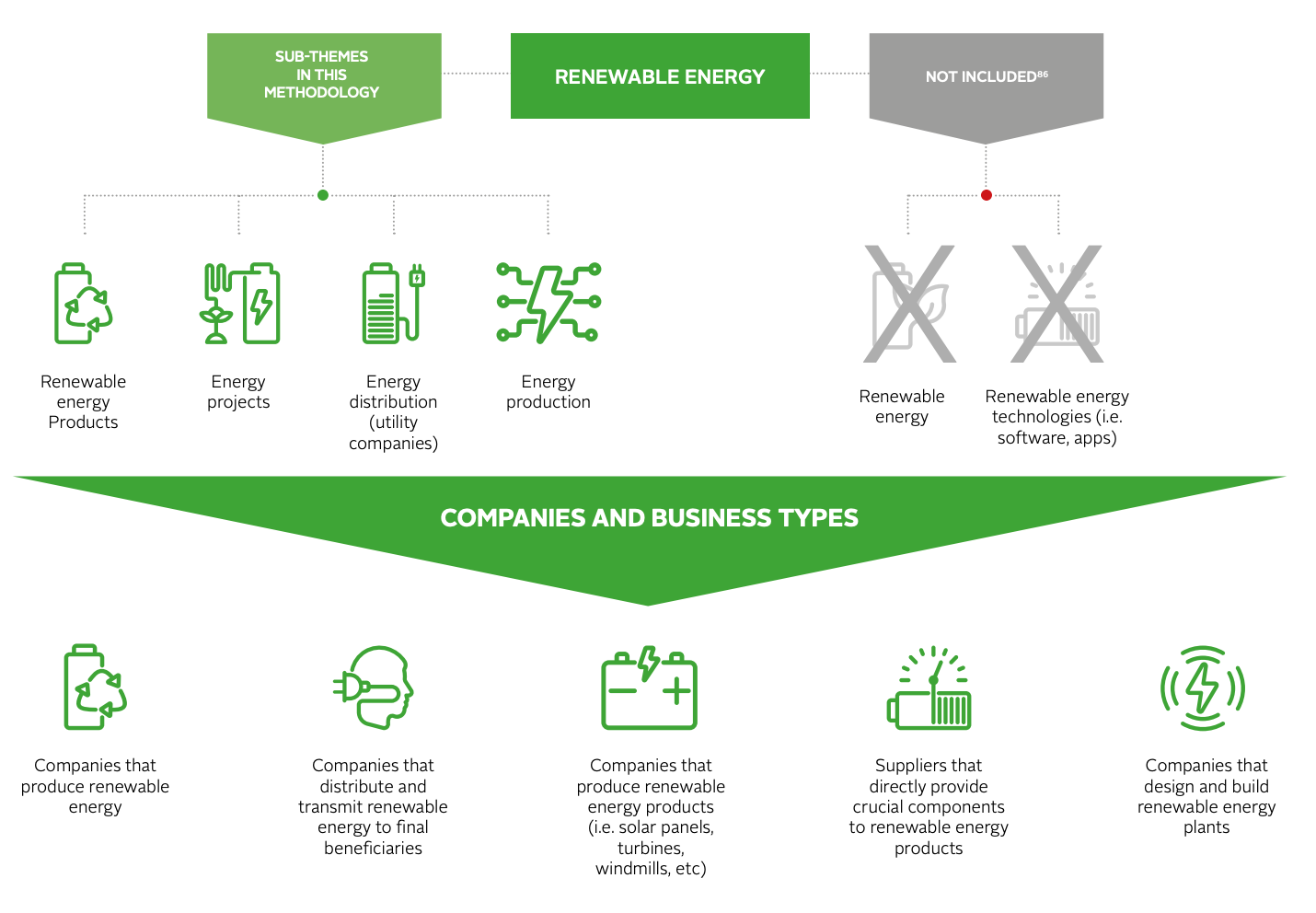The Power of Purposeful Investing: A Beginner's Guide to Impact Investing

Impact investing is an investment approach that seeks to generate social and environmental impact alongside a financial return. Unlike traditional investing, which focuses solely on financial returns, impact investing aims to create positive change in society and the environment.
History of Impact Investing and its Growth in Recent Years
Origin:
The concept of investing for social and environmental impact dates back to the early 20th century, when in the 1960s and 70s, Socially Responsible Investing (SRI) emerged as a way for investors to align their investments with their values, and in the 1980s, microfinance institutions began to receive investment capital from socially responsible investors.
Evolution:
- The term "impact investing" was introduced in 2009 by the Monitor Institute.
- 2009: Launch of Global Impact Investing Network (GIIN) to promote impact investing as a tool for addressing social and environmental challenges.
- 2015: the UN adopted the Sustainable Development Goals (SDGs), which provided a framework for impact investing.
Growth of Impact Investing in Recent Years:
- The GIIN's Annual Impact Investor Survey estimated the size of the global impact investing market to be $1.164 Trillion in 2022.
- The number of impact investors has grown steadily, with more than 3,349 organizations actively managing, according to the GIIN's 2022 Investor Survey.
- Impact investing has gained traction among mainstream investors, with large institutional investors such as BlackRock and Goldman Sachs launching impact investment funds.

Types of Impact Investments
You can make various impact investments across sectors, including renewable energy, microfinance, affordable housing, healthcare, education, agriculture and more.
Renewable Energy:
- Investing in renewable energy projects like wind, solar, hydro, and geothermal power.
- Aims to reduce dependence on fossil fuels and mitigate climate change.

Water:
- Investing in water and sanitation infrastructure and services that improve access to clean water and sanitation for underserved communities.
- Aims to reduce water scarcity and improve public health.

Energy Efficiency:
- Energy efficiency is frequently linked to clean technology companies, renewable energy businesses, and SMART or Eco products (such as hybrid autos or energy-efficient washing machines).

Other thematic investments include:
- Green Building
- Affordable Housing
- Sustainable Agriculture
- Sustainable Forestry
- Health
- Education
- Gender Lens Investing
- Community Development Investing
- Microfinance
Click here for more details.
Benefits of Impact Investing
Positive Social and Environmental Impact:
- Impact investments can contribute to achieving United Nations Sustainable Development Goals (SDGs) and address social and environmental challenges such as climate change, poverty, and inequality.
Financial Returns:
- Impact investments offer the potential for financial returns comparable to or sometimes even better than traditional investments and can provide diversification benefits.
Risk Mitigation:
- Impact investments can mitigate specific risks, such as regulatory, reputational, and systemic risks, by investing in companies committed to responsible business practices and good governance and providing diversification benefits.
Innovation:
- Impact investments can support developing and growing innovative business models and technologies that address social and environmental challenges.
Risks and Challenges Associated with Impact Investing
Limited Investment Opportunities:
- Impact investments are often limited to specific sectors and geographies, which may result in limited investment opportunities and result in a trade-off between financial returns and impact outcomes.
Difficulty in Measuring Impact:
- Measuring impact investments' impact can be challenging due to the complexity and diversity of social and environmental outcomes and the lack of standardized impact measurement frameworks and tools.
Regulatory and Legal Risks:
- Impact investments may face regulatory and legal risks due to the complexity of social and environmental outcomes and potential unintended consequences.
Exit and Liquidity Risks:
- Impact investments may have limited liquidity and exit options due to the nature of the investments and the lack of developed markets for impact assets.
- The limited liquidity and exit options may limit the ability of investors to manage risks and achieve their financial objectives.
Read more here.
How to Measure Impact and Track Progress
A few of the ways to measure impact and track progress are:
Defining Impact Metrics:
- Identify and define impact metrics (like carbon footprint reduction, job creation, etc.) that align with the investment's social and environmental objectives and the UN SDGs.
Establishing a Baseline:
- Establish a baseline of the investment's current impact performance to measure progress over time by collecting data on key performance indicators (KPIs).
Collecting Data:
- Collect data regularly on impact metrics using various methods, including surveys, interviews, and impact assessments, to monitor progress over time.
Track Progress Against Metrics:
- Impact objectives and targets must be tracked using impact reporting frameworks and software, surveys and assessments, and third-party evaluations.
Assess Impact Outcomes:
- Regularly assess the social and environmental outcomes of the investment, as well as the financial returns generated, to determine the extent of the impact of their investments.
Learn more here.
Impact Investing Strategies and Best Practices
Thematic Investing:
- Focuses on specific themes or sectors such as renewable energy, sustainable agriculture, and affordable housing.
ESG Integration:
- Incorporates environmental, social, and governance (ESG) factors into the investment process to identify sustainable, responsible, and ethical companies with strong ESG practices while achieving financial returns.
Impact Measurement and Management:
- Applies rigorous impact measurement and management frameworks to track and report investments' social and environmental outcomes.
- Seeks to continuously improve impact outcomes and maximize positive impact while minimizing negative externalities.
Philanthropic Investing:
- Uses philanthropic capital to provide early-stage financing for innovative solutions to social and environmental challenges.
- Seeks to catalyze investment in high-impact initiatives that may not otherwise receive funding from traditional sources.

Role of Impact Investing in Achieving the United Nations Sustainable Development Goals (SDGs)
The United Nations SDGs provide a framework for addressing global social and environmental challenges, and impact investing can play a significant role in achieving these goals. Impact investments can target specific SDGs, such as clean energy, affordable housing, or gender equality, and contribute to achieving these goals.

Conclusion
Impact investing is a growing field that seeks to generate positive social and environmental impact alongside financial returns. There are various types of impact investments, and investors can choose to invest in areas that align with their interests and priorities.
Impact investing carries its risks and challenges, and investors need to be aware of these issues and use best practices to ensure effective impact management. Impact investing can play a significant role in achieving the United Nations SDGs and provide individual and institutional investors opportunities to align their values with their investment portfolios.
Learning Resource Hub
- What is Impact Investing?
- $1 Billion Impact Investor Explains How She Makes Money While Making The World A Better Place
- How The $1 Trillion Green Bond Market Works
- The rise of the algorithms: how AI is transforming sustainable investing
- The Best ESG Funds Of 2023

We hope you enjoyed this edition of our newsletter. If you found it helpful, please consider sharing it with others who might benefit from this information.
At Orelia Capital, we believe that feedback is a gift. Your feedback can help us improve our content and provide more value to our readers.





